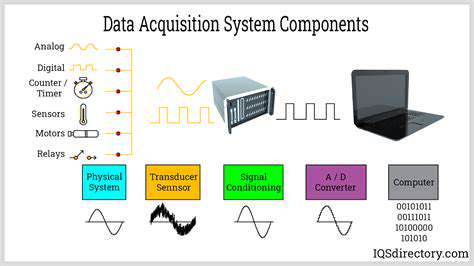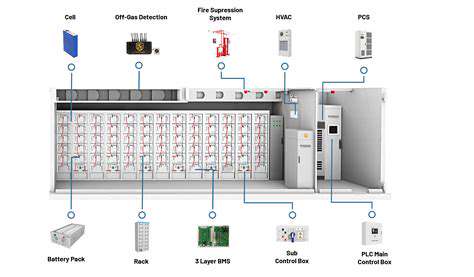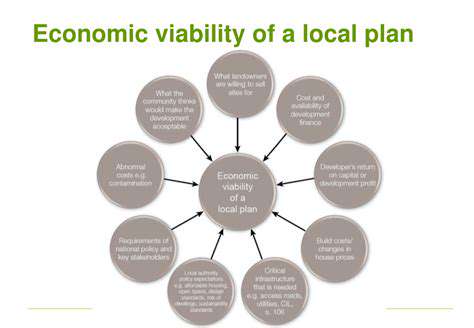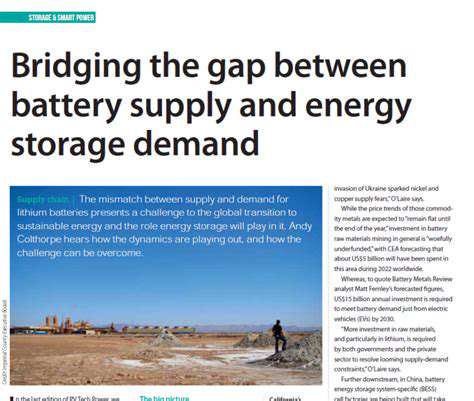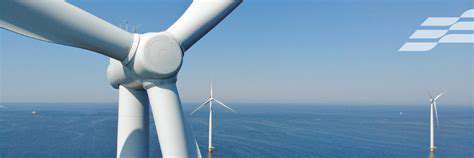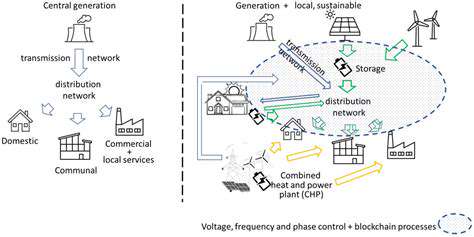Long Duration Energy Storage: The Next Frontier
Beyond Traditional Lithium-ion: Solid-State Batteries
Solid-state batteries, a promising alternative to traditional lithium-ion batteries, are gaining significant attention for their potential to revolutionize energy storage. These batteries utilize solid electrolytes, replacing the liquid or polymer electrolytes in lithium-ion cells. This fundamental shift offers several advantages, including enhanced safety due to the elimination of flammable electrolytes, higher energy densities, and potentially longer lifespans. The development of robust and cost-effective solid electrolytes remains a critical challenge, but ongoing research and development efforts suggest that solid-state batteries could become a game-changer in the future, enabling significant advancements in portable electronics, electric vehicles, and grid-scale energy storage.
One key benefit of solid-state batteries is their improved safety profile. The elimination of flammable electrolytes drastically reduces the risk of thermal runaway and explosions, making them significantly safer for consumer applications. Furthermore, the potential for higher energy densities compared to lithium-ion batteries could lead to more compact and powerful devices. This increased energy density is crucial for applications like electric vehicles, where maximizing range and performance is paramount. However, the current manufacturing processes for solid-state batteries are often more complex and expensive than those for lithium-ion batteries, which presents a significant hurdle to widespread adoption.
Flow Batteries: A Reservoir of Potential
Flow batteries represent a unique approach to energy storage, offering the potential for very high energy storage capacity. These systems store energy chemically in separate liquid electrolytes that are pumped into and out of electrochemical cells. This design allows for scalable energy storage, potentially enabling large-scale deployment in grid-level applications. The modularity of flow batteries also facilitates the adaptation of different chemistries, allowing researchers to explore various combinations for optimal performance. This flexibility is crucial for optimizing the cost-effectiveness and efficiency of these systems for diverse energy storage needs.
A significant advantage of flow batteries is their ability to be scaled up or down depending on the specific energy storage requirements. Their modular design allows for the addition or removal of cells to adjust the overall capacity. This scalability is particularly attractive for grid-level energy storage solutions, where large-scale deployments are essential to meet fluctuating energy demands. However, the complexity of the flow battery system, including the need for pumps and electrolyte management, introduces additional design and operational challenges compared to traditional battery technologies. Further development is needed to address these challenges and optimize the cost-effectiveness and efficiency of flow batteries for broader applications.
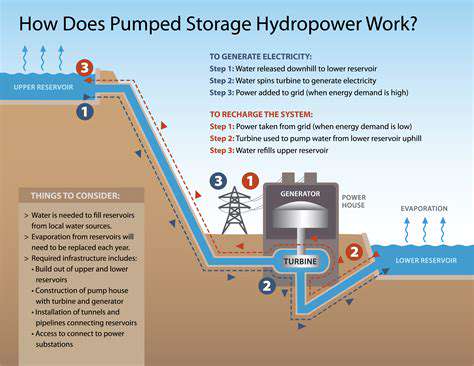
Attending adoption events is more than just finding a new furry friend; it's about opening yourself up to a world of possibilities. These events often feature a diverse range of animals, from playful puppies and kittens to majestic senior dogs and cats. The opportunity to interact with a variety of personalities can be incredibly enriching, allowing you to discover the perfect companion who truly resonates with your lifestyle and energy level.
CAES and TES: Innovative Approaches for Long-Duration Storage
CAES: Compressed Air Energy Storage
Compressed Air Energy Storage (CAES) is a promising technology for long-duration energy storage. It leverages the compression and storage of air at high pressure to store energy, which can then be released to generate electricity. This method offers a significant advantage over other storage technologies by enabling the storage of energy for extended periods, allowing for greater flexibility in the integration of renewable energy sources into the grid. CAES systems can be designed to accommodate various storage capacities, making them adaptable to different energy demands.
The process involves compressing air using excess electricity, typically from renewable sources, and storing it underground or in large tanks. When electricity demand is high, the stored compressed air is released, driving a turbine to generate electricity. This cyclical process effectively bridges the gap between fluctuating renewable energy generation and consistent power supply.
TES: Thermal Energy Storage
Thermal Energy Storage (TES) systems store thermal energy, typically heat, for later use. These systems are particularly well-suited for applications requiring long-term temperature maintenance or for storing heat generated by concentrated solar power plants. TES systems employ a range of technologies, including sensible heat storage, latent heat storage, and thermochemical storage. This diverse range of options caters to a variety of specific energy storage requirements.
Sensible heat storage involves storing heat within a material, like water or rock, while latent heat storage makes use of materials that undergo phase changes, like melting or freezing, to store large amounts of energy. Thermochemical storage, on the other hand, relies on chemical reactions to absorb and release heat, providing an additional level of flexibility.
Advantages of CAES and TES in Long-Duration Storage
Both CAES and TES offer significant advantages in long-duration energy storage. They provide grid stability by mitigating the intermittent nature of renewable energy sources. This is crucial for maintaining reliable power supply. Furthermore, they can reduce reliance on fossil fuels by increasing the use of renewable energy for electricity generation. This shift towards sustainable energy sources helps in mitigating climate change and promoting environmental sustainability.
Challenges in Implementing CAES and TES
While CAES and TES offer great potential, challenges remain in their widespread implementation. The high capital costs associated with building large-scale storage facilities can be a significant barrier. Further research is needed to optimize the efficiency and reduce the costs of these technologies. Finding suitable storage locations, particularly for CAES systems that require underground storage, can also be challenging and costly.
Integration with Renewable Energy Sources
CAES and TES technologies are ideally suited for integration with renewable energy sources like solar and wind. Their ability to store energy generated during periods of high renewable energy output and release it during periods of low output helps in maintaining a consistent power supply. This integration allows for a more reliable and sustainable energy system that is less dependent on fossil fuels.
Scalability and Cost-Effectiveness
One key aspect of CAES and TES is their scalability. These technologies can be designed and implemented at different scales, from small-scale applications to large-scale energy storage solutions. Future research and development efforts should focus on achieving cost-effectiveness, making these technologies more accessible and affordable for widespread adoption. This includes exploring innovative materials and technologies to reduce construction and operational costs.
Future Research Directions
Continued research is essential to further enhance the efficiency and reduce the cost of CAES and TES systems. Exploration of new materials and storage mediums is crucial to optimize energy density and storage capacity. Further research is also needed to improve the understanding of long-term storage performance and to develop advanced control systems for these complex systems. This research will be key to unlocking the full potential of these technologies for long-duration energy storage.

